Production
From Chicci to Rice Oil
The rice oil is extracted from the germ and from the films that externally surround the grain of rice (called glumes and glumellae or husks or husks as a whole).
The rice oil is then produced starting from the residues of the husking, from which the brown rice is obtained by removing the husk, and of the bleaching, by which the embryo and the outermost parts of the grain are removed (pericarp, spermoderm and aleuronic layer).

Due to the high oil content, the husk is also marketed in pellets as an alternative fuel; it has a floury and greyish appearance, it is soft, light, with a strong tendency to agglomerate and go rancid.
For the production of rice oil, the husk, together with the embryo, is first dried and then subjected to mechanical pressing, followed by a rectification process by means of filtration, centrifugation and any chemical procedures. The residue from this process undergoes a further oily extraction with the use of chemical solvents (then removed by evaporation), before being conveyed to the feed industry.

Nutritional properties
Rice oil is particularly appreciated in the food and cosmetic fields.
In the table on the side we can see that rice is an oil with a high content of oleic acid, monounsaturated typical of olive oil, and of linoleic acid, polyunsaturated typical of vegetable oils. Among the phospholipids there are phosphatidylcholine, phosphatidylinositol and phosphatidylethanolamine. but they are largely removed during the grinding processes.
The main nutritional virtues of rice oil depend on the unsaponifiable fraction, where high concentrations of vitamin E are found in a 1: 1 ratio between tocotrienols and tocopherols. The presence of gamma oryzanol, consisting of a mixture of ferulic acid esters, is peculiar. with plant sterols and triterpene alcohols; analogous substances are now used in supplements intended for the reduction of plasma cholesterol levels under the generic name of "plant sterols" or "phytosterols". Therefore, thanks also to the abundant presence of tocopherols and the richness in monounsaturated (oleic acid) and polyunsaturated (linoleic acid) fatty acids, the rice oil has antioxidant, anti-inflammatory, hypocholesterolemic, hypotiglyceridemic and preventive properties for cardiovascular diseases. However, it should be noted that many of these properties are considerably reduced by the processes of refining and extraction with solvents, so it is a good rule to prefer virgin rice oils, cold pressed and stored in dark glass bottles. For the same reason, rice oil should be used exclusively for raw dressing, since its beneficial properties are lost with heat; given the high smoke point and resistance to oxidation, we are still talking about a particularly suitable for frying.
Cosmetic uses
See also: rice oil in cosmetics
Rice oil is also appreciated by the cosmetic industry for its emollient, anti-inflammatory, moisturizing and protective properties from UV rays.
The tocopherols of rice oil, second in concentration only to palm oil, are widely used as functional anti-aging substances, intended for the treatment and prevention of premature skin aging.
For all these properties, rice oil is widely used in dermatology, cosmetics and sun preparations.
Other Foods - Oils and Fats Peanut Butter Cocoa Butter Butter Greaves Wheat Germ Animal Fats Margarine Vegetable Cream Tropical Oils and Fats Frying Oils Vegetable Oils Peanut Oil Borage Oil Rapeseed Oil Krill Oil Poppy Seed Oil Seed Oil Pumpkin Avocado oil Hemp oil Safflower oil Coconut oil Cod liver oil Wheat germ oil Linseed oil Macadamia oil Corn oil Almond oil Hazelnut oil Walnut oil Olive oil Palm oil fish Rapeseed oil Rice oil Pomace oil Seed oil Soybean oil Grapeseed oil Extra virgin olive oil Sesame seeds and sesame oil Lard OTHER ARTICLES OILS AND FATS Categories Food Alcoholics Meat Cereals and derivatives Sweeteners Sweets Offal Fruit Dried fruit Milk and Derivatives Legumes Oils and Fats Fish and fishery products Salami Spices Vegetables Health recipes Appetizers Bread, Pizza and Brioche First courses Seconds pi acts Vegetables and Salads Sweets and Desserts Ice creams and sorbets Syrups, liqueurs and grappa Basic Preparations ---- In the Kitchen with leftovers Carnival recipes Christmas recipes Light diet recipes for Celiacs Recipes for Diabetics Recipes for Holidays Recipes for Valentine's Day Recipes for Vegetarians Protein Recipes Regional Recipes Vegan Recipes


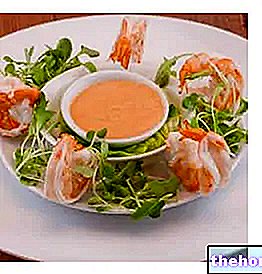
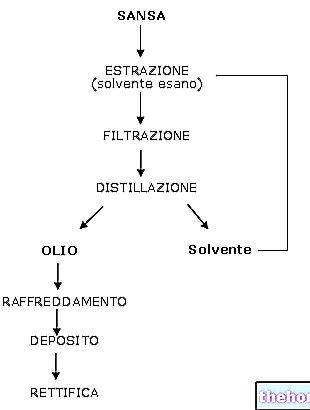
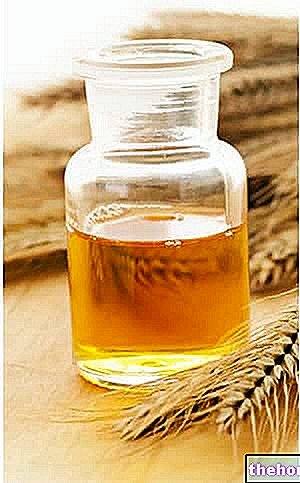
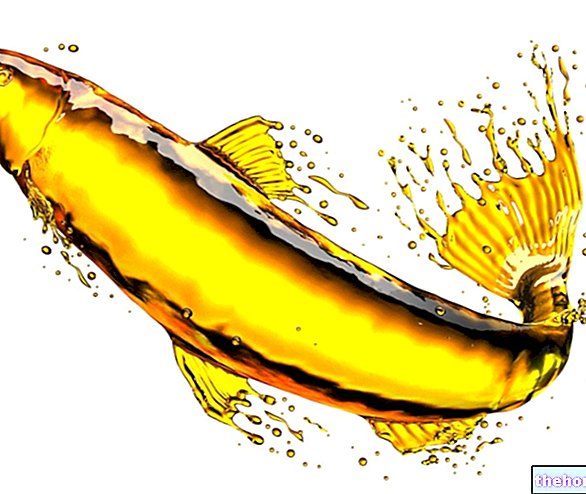
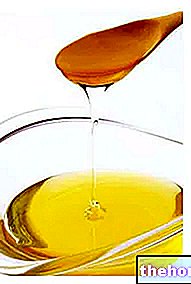
















-nelle-carni-di-maiale.jpg)




